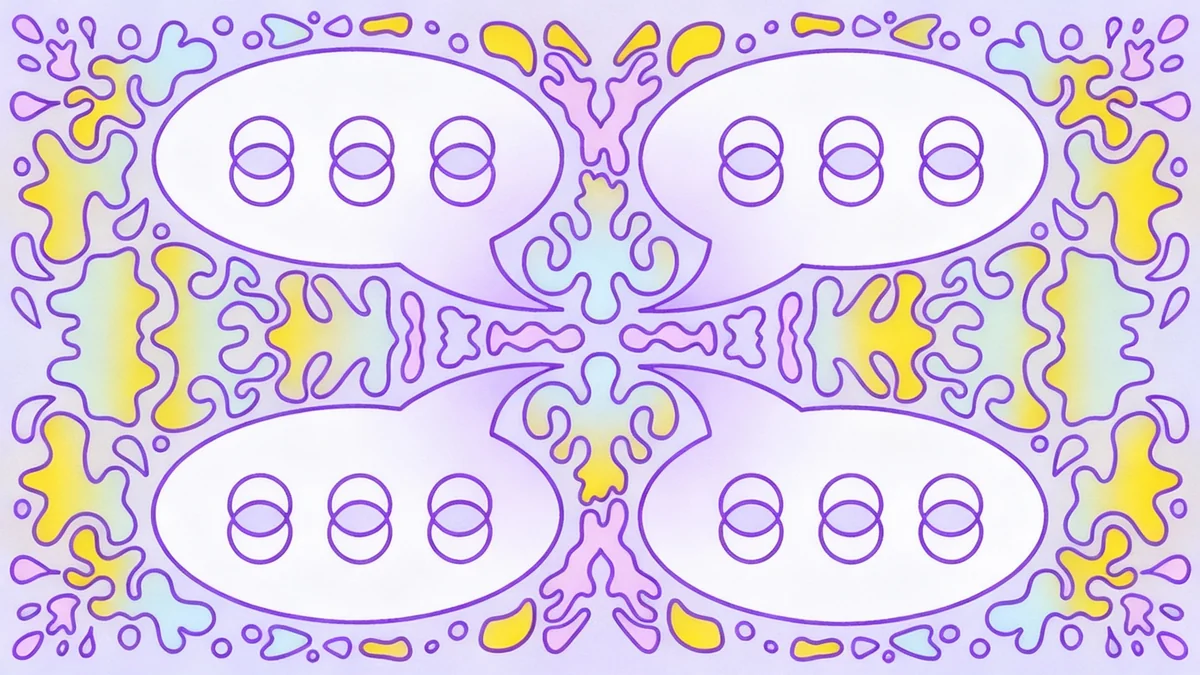A German historian has combined traditional archival research with artificial intelligence to identify the Nazi soldier in one of the most recognized photographs of the Holocaust. The investigation, led by Jürgen Matthäus, pinpoints the killer in the image long misidentified as "The Last Jew in Vinnitsa," solving a mystery that has endured for decades.
The research not only names the perpetrator but also corrects the historical record regarding the date and location of the mass killing, moving it from Vinnytsia to the citadel of Berdychiv, Ukraine, on July 28, 1941.
Key Takeaways
- Historian Jürgen Matthäus identified the Nazi soldier as Jakobus Onnen, a German schoolteacher.
- Artificial intelligence was used to compare family photos of Onnen with the historical image.
- The massacre took place in Berdychiv, Ukraine, on July 28, 1941, carried out by the Einsatzgruppe C commando unit.
- The project highlights how modern technology can be combined with historical research to uncover new facts about past atrocities.
Correcting the Historical Record
For many years, the photograph was believed to depict an event in the city of Vinnytsia. However, extensive research by Matthäus has definitively placed the mass shooting in Berdychiv, a city approximately 90 miles north of Vinnytsia. At the time, Berdychiv was a significant center of Jewish life.
According to the findings, published in the academic periodical Zeitschrift für Geschichtswissenschaft, the massacre was conducted by Einsatzgruppe C. This mobile killing unit was tasked with eliminating Jewish people and partisans in the newly occupied Soviet territories, just days before a planned visit to the region by Adolf Hitler.
Who Were the Einsatzgruppen?
The Einsatzgruppen were SS paramilitary death squads responsible for mass killings, primarily by shooting, during World War II. Operating behind the German front lines in Eastern Europe, they murdered over a million Jews, Roma, and political opponents. Their actions represented a crucial phase in the escalation of the Holocaust before the establishment of extermination camps.
The Path to Identification
The identification of the killer was a multi-stage process that blended old and new investigative techniques. Matthäus described it as an “incremental process” that involved deep dives into historical archives, collaborative input from other academics, and a crucial contribution from modern technology.
A Fortunate Breakthrough
After Matthäus published his initial research last year, which identified the date, location, and unit involved, a reader contacted him. The individual suggested the gunman might be his wife's uncle, Jakobus Onnen, based on family correspondence from that era.
Although letters Onnen had sent from the Eastern Front were destroyed in the 1990s, the family still possessed photographs of him. These images became the key to confirming his identity.
The Role of Artificial Intelligence
The family photos were provided to volunteers from Bellingcat, an open-source investigative journalism group. Using AI-powered facial recognition software, the experts compared the known images of Onnen to the soldier in the Berdychiv photograph.
“The match, from everything I hear from the technical experts, is unusually high in terms of the percentage the algorithm throws out there,” Matthäus stated.
He noted that the age and quality of historical photos make it difficult to achieve the near-perfect matches common in modern forensics. However, the strong AI-generated likeness, supported by extensive circumstantial evidence, provided the confidence needed to publish the findings.
Profile of the Killer
The investigation revealed that the man behind the pistol was not a stereotypical brute but an educated professional. Jakobus Onnen was born in 1906 in Tichelwarf, a German village near the Dutch border. He worked as a teacher of French, English, and physical education.
Onnen joined the Nazi party before Hitler came to power in 1933. Despite his early commitment to the party and his participation in mass executions, he never rose above a relatively low rank. He was ultimately killed in combat in August 1943.
The Banality of Evil
A relative who had read Onnen's letters from the front before they were destroyed described them decades later as simply "banal." This observation aligns with the historical concept of the "banality of evil," where individuals commit horrific acts not out of monstrous fanaticism but as a matter of routine or bureaucratic duty.
Matthäus suggests Onnen's pose in the photograph was likely meant to impress his peers. “Participating in a killing like that was taken for granted and didn’t give you any kind of bonus points in these murder units,” he explained. The image was a kind of trophy, a common practice among German soldiers who documented their atrocities in personal photo albums.
The Broader Significance of the Image
Matthäus, who until recently was the head of research at the United States Holocaust Memorial Museum, argues that this photograph is profoundly important. It offers a direct, personal view of the genocide that is different from the industrial scale of camps like Auschwitz.
“I think this image should be just as important as the image of the gate in Auschwitz, because it shows us the hands-on nature, the direct confrontation between killer and person to be killed,” he said.
The existence of this and other similar photos also challenges the post-war narrative that the German public was unaware of the atrocities being committed. Soldiers regularly sent these images home, providing visual evidence of the mass killings.
Devastation in Berdychiv
- Before German Occupation (1941): An estimated 20,000 Jewish people lived in the city.
- After German Occupation (1944): Only 15 Jewish residents remained.
The Unfinished Investigation
While the killer has been identified, the victim kneeling before the pit remains anonymous. This is a common reality for the Holocaust in the East, where the Nazis were less meticulous in recording the names of those they murdered in mass shootings compared to those deported to concentration camps.
“There were more than 1 million victims in the occupied Soviet Union,” Matthäus noted. “Most of them are unknown, just as the killers intended.”
The effort to identify the victim continues. Matthäus is collaborating with a Ukrainian colleague, Andrii Mahaletskyi, to search Soviet-era community records. He believes AI could also play a role in this search if any comparable photos of the man can be found, offering a small hope of restoring his identity and dignity.





